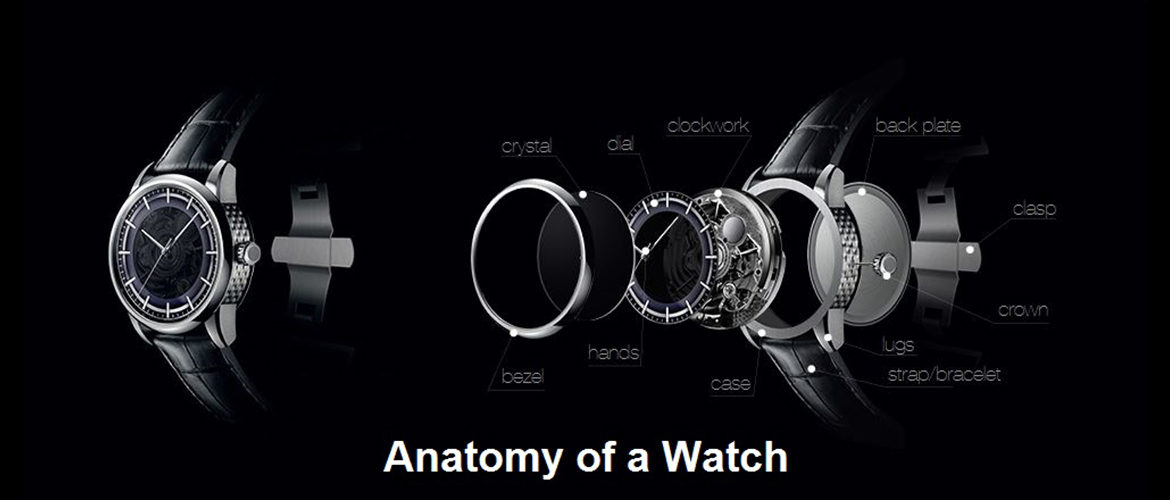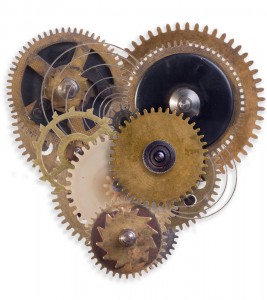Watch Anatomy for Dummies Part 2

Here’s a continuation from the Watch Anatomy for Dummies Part I.
Alarm
The alarm function alerts you at predefined times about important matters of your life like work, school, paying bills etc. Of course, you will have to first set the correct time for the watch to alert you at those times. In case you set the wrong time, the watch will alert you at the wrong time.
Analog Display
An analog watch displays the time with the help of hour, minute and second hands. You compare the position of these hands against the markers or indices and understand the time.
Analog and Digital Display
An analog and digital display watch is one that displays time in two formats. The first one is analog using hour, minute and second hands. The second one is with the help of digits 0, 1, 2,…and 9.
Aperture
An aperture is a small opening on the dial that shows features like date and hour using digits.
Applique
They are also called applied chapters and are either numbers or symbols carved out from sheet metal and attached to the luxury watch dial.
Assembling
Assembling is the process of combining the individual parts of the watch so as to convert it in to a coherent working unit. During the initial days of mechanical watchmaking, this process was completely undertaken under a microscope by the watchmaker or other technicians. Currently, computer assisted systems can handle the assembling process to a good extent. Still, human beings have to manage the overall designing elements and the final testing process.
Assortment
Assortments are individual parts that when joined together become a watch escapement. The term has its origins from French language.
Automatic
Abraham Louis Perrelet is the creator of this rotor based system. Automatic watches wind the watch’s rotor from the energy of the movements of the watch owner. This type of movement winds its mainspring with the energy gained from the wearer’s physical movements. As long as the wearer wears these watches continuously, these watches will run properly. If the watch is left idle for a few days, it will die. Then you will have to wind it manually.
Automatic Winding
This is a mechanical watch that is not powered by a battery. Here, the mainspring winds itself with the energy of the physical movement of the wearer. Whenever the arm is in motion, the rotor will wind the main spring. Thus, it is essential for the watch owner to wear it on a regular basis. If not, the watch will die in a few days and you will have to wind it manually.

